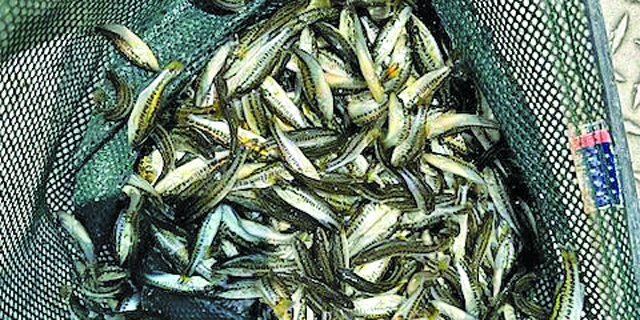BAYOU WORDSMITH: How yellow fever and Covid-19 compare
Published 8:00 am Sunday, May 24, 2020
They are calling these times of Covid-19 pandemic and quarantine “unprecedented” and “the new normal.”
For us in the 21st century it certainly is something we hadn’t seen waiting around the corner in spring of 2020.
Trending
But it isn’t the first time the human race has faced disease on such a scale that it affected the whole world.
There was a scourge that was not the first for mankind, but it occurred in recorded history, so its intensity and devastation were documented, and it affected New Iberia and surrounding towns. There were scores of deaths and many more fell ill from the disease.
Research for this column was done primarily using Glenn Conrad’s book “New Iberia — Essays on the Town and Its People” first published in 1979. Conrad was an extraordinary scholar who documented and annotated each fact where possible.
From the book’s details we can get an idea of how quarantine and deadly illness affected our ancestors in late summer 1867 when yellow fever struck the small town of New Iberia and its 1500 citizens. But first we must set the events in history; it was just two years after the end of hostilities of the Civil War. Confederate soldiers had just returned home. The fields had not been cultivated, there were few cows and horses and mules. Times were tough.
When yellow fever struck, it hit hard and fast. The first case was reported on July 17, and by Aug. 1, there were 50 cases! In an effort to contain its spread, the town was quarantined, cut off from the outside world! Steam boat captains didn’t dock downtown, but were told to go to the docks at Mintmere Plantation, one mile downstream.
By August 8, there were 80 cases and 10 deaths. The number of cases had doubled by Aug. 21, with 6 to 10 dying every day. And a week later, 700 cases were reported in New Iberia and 100 had died! (Doesn’t this method of reporting the situation sound familiar?)
Trending
Dramatic symptoms made diagnosis easy — black vomit, described as looking like coffee grounds. The term ”yellow fever” was due to the jaundiced skin caused by liver failure. Death usually followed within a day.
When the town’s baker died, there was no bread, so Franklin residents bought 200 loaves a day for a week delivered by steamboat. When all but two of the town’s doctors had fallen ill, and one nurse had died, those from neighboring towns rushed in to care for the sick and dying. Drs. Thomas Mattingly, Frederick Duperior, Alfred Duperior and Robert Hillard were soon overwhelmed, so Franklin doctors Dugan and Maguire came to help.
Like today, their heroism was recognized and appreciated. Conrad offered this quote: “They (medical professionals) labored and died in heroic exercises of professional duty and Christian charity in time of pestilence.”
“Almost as quickly had the illness appeared, by late September, it had almost disappeared. It’s been estimated that during July, August, and September 100 persons had died and two-thirds of the families had suffered in varying ways from the disease.”
The family names of some of the families in mourning were French, Fourcade, Etie, Lamperez, Pellerin, Dauterive, Mestayer, Olivier, Bienvenu, Delahoussaye, Provost, Hopkins, Bergerie, Derouen, and Decuir.
Glenn Conrad
JULAINE DEARE SCHEXNAYDER is retired after a varied career in teaching and public relations. Her email address is julaines14@gmail.





